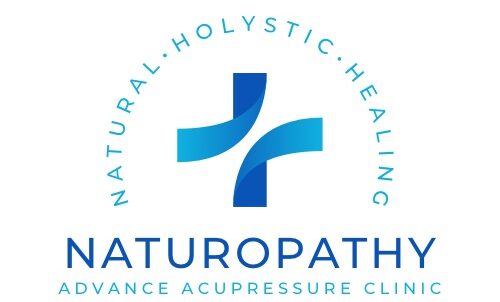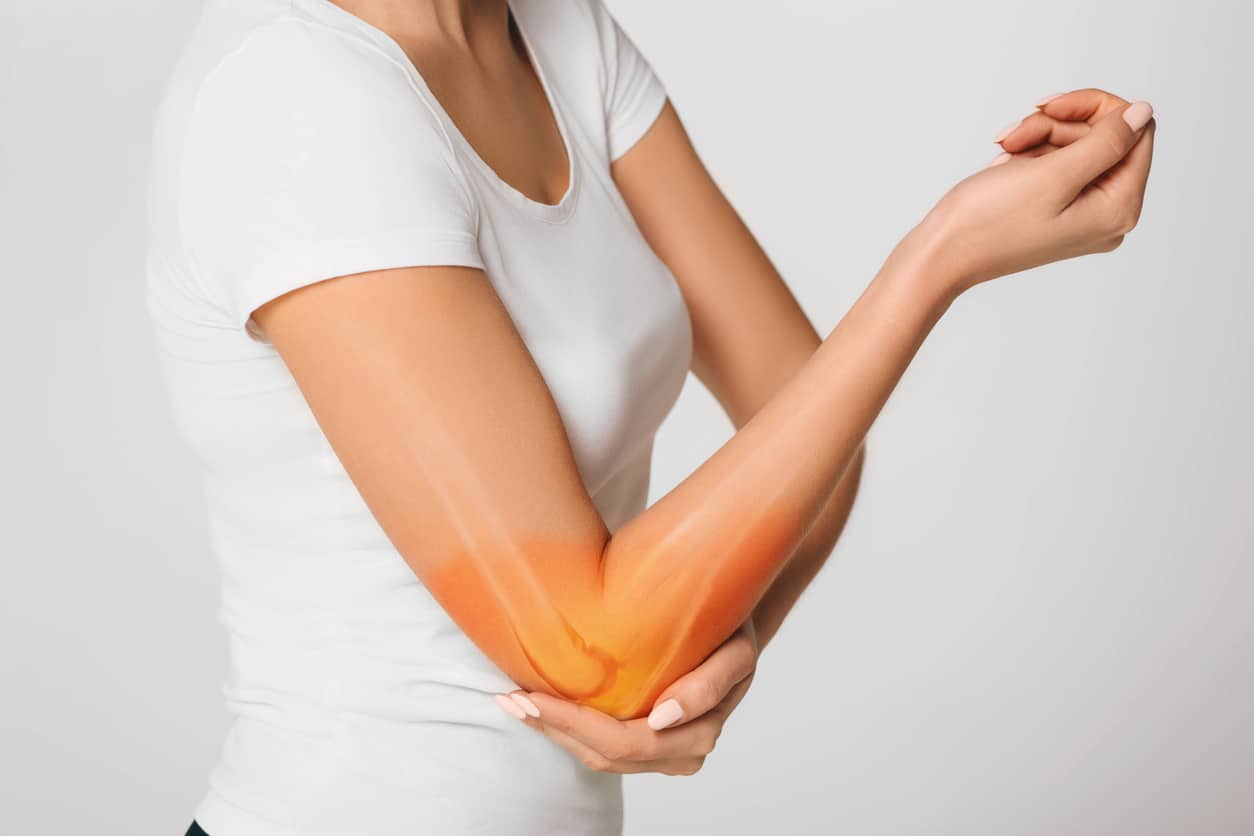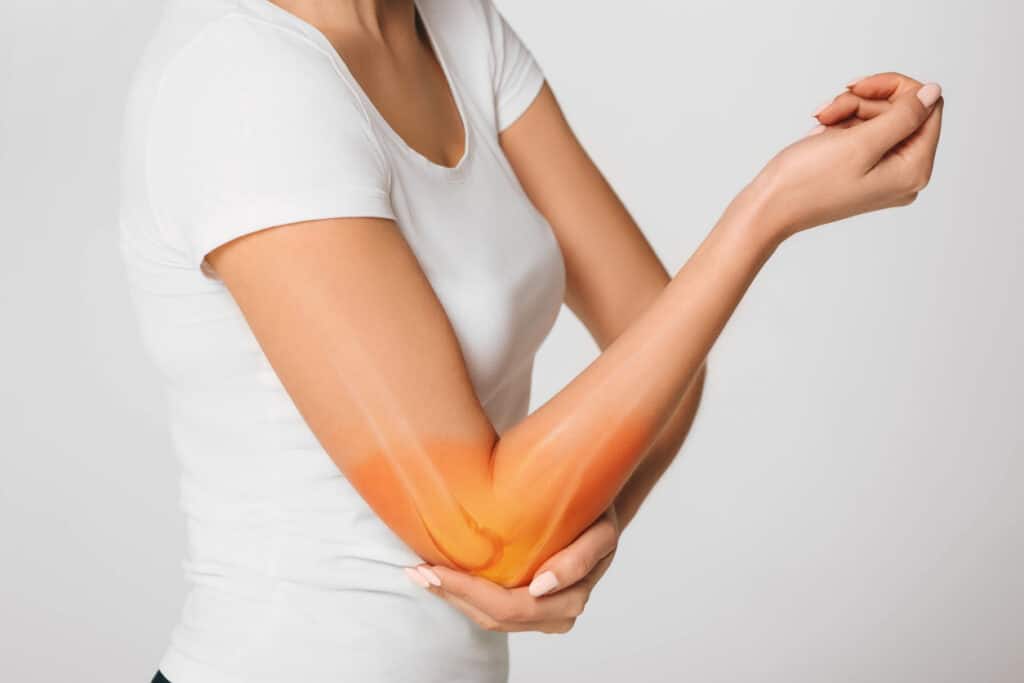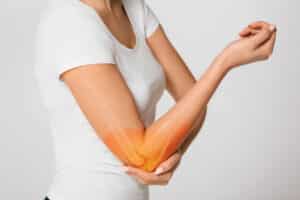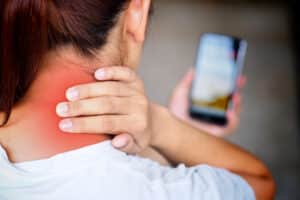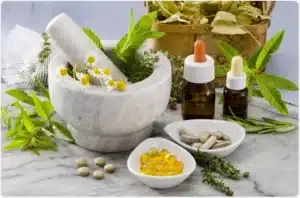Tennis elbow, a condition characterized by intense pain on the outside of the elbow, can be frustrating and debilitating for those who suffer from it. While there are several treatments available, acupressure has emerged as a natural and effective way to ease the pain associated with tennis elbow. By stimulating specific pressure points, acupressure promotes healing, reduces inflammation, and alleviates soreness. In this blog, we will explore what tennis elbow is, its symptoms, and how you can use acupressure to find relief from this condition.
What Is Tennis Elbow?
Tennis elbow, clinically known as lateral epicondylitis, is an overuse injury that affects the tendons and muscles in the forearm near the elbow joint. Although repetitive movements during tennis can contribute to the condition, any activity that puts repeated stress on the muscles used to straighten the wrist can lead to tennis elbow. The condition involves small tears and inflammation near the bony lump on the outside of the elbow, resulting in pain and discomfort.
Common Signs and Symptoms of Tennis Elbow:
The primary symptom of tennis elbow is a sharp pain on the outside of the forearm, just below the elbow bend. Bending the elbow or gripping and lifting objects can exacerbate the pain. Some individuals may experience pain shooting down the forearm, making everyday tasks challenging. Holding small objects or twisting motions can also be painful. Additionally, some people may feel discomfort when straightening the elbow.
How Acupressure Can Help Tennis Elbow?
Acupressure is a traditional healing practice that involves applying pressure to specific points on the body to stimulate healing and improve overall well-being. For tennis elbow, acupressure focuses on stimulating certain pressure points around the elbow, forearm, and wrist. This therapeutic technique promotes blood circulation, releases tension in muscles, and enhances the body’s natural healing process.
9 Effective Pressure Points for Tennis Elbow Relief
- Large Intestine 11 (LI 11) – Quchi or Pool at the Crook: Located just above the point where the forearm tendons join the outside of the elbow, LI 11 is crucial for relieving tennis elbow symptoms. Applying gentle pressure to this point during an acute flare-up can help ease pain. LI 11 can also assist in managing fevers, nausea, and abdominal discomfort.
- Large Intestine 5 (LI 5) – Yang Xi or Yang Stream: Found on the wrist’s inside, below the thumb where the tendons join, LI 5 is beneficial for those experiencing wrist pain alongside tennis elbow. You can apply more pressure to LI 5 compared to LI 11, making it a suitable option for sore elbows.
- Large Intestine 6 (LI 6) – Pianli or Veering Passageway: Slightly challenging to locate on your own, LI 6 lies over the radius bone, midway between your thumb and elbow. Massaging this point helps relieve forearm pain when bending the elbow, especially from typing or using a paintbrush.
- Large Intestine 10 (LI 10) – Shousanli or Arm Three Miles: Situated halfway between LI 6 and the elbow’s crook, LI 10 provides significant relief from tight forearm muscles causing tennis elbow. Additionally, it may help alleviate toothache, shoulder pain, or neck discomfort.
- Large Intestine 12 (LI 12) – Zhouliao or Elbow Crevice: About half an inch above the Pool at the Crook, LI 12 is essential for relieving pain after bending the arm. Carefully apply pressure, avoiding sharp shooting pains, and this point may also address numbness associated with tennis elbow.
- Lung 5 (LU 5) – Chize or Cubit Marsh: Located just above the elbow’s crook, slightly on the outside, LU 5 is useful for relaxing spasmodic pain around the elbow and arm. It effectively eases tension in the forearm muscles contributing to tennis elbow.
- Lung 6 (LU 6) – Kongzui or Maximum Opening: On the inside of your forearm, LU 6 lies the same distance between the wrist and elbow as LI 10. Massaging this point can help with shooting forearm pain and tension in the forearm muscles.
- Triple Energizer 6 (TE 6, TH 6) – Zhigou or Branching Ditch: TE 6 is situated on the outside of the forearm, about three inches above the wrist, on the line between the bones of the radius and ulna. This point can be a good one to massage when your tennis elbow is significantly aggravated.
- Heart 3 (HT 3) – Shaohai or Lesser Sea: Found below the bony protrusion on the inside of your elbow, HT 3 can relieve spasmodic pain and treat numbness associated with tennis elbow. However, be cautious if your elbow is acutely painful and unable to bend completely.
How to Use Acupressure for Tennis Elbow Relief?
When applying acupressure to the points mentioned above, use your thumbs and fingers to apply gentle but firm pressure for about 30 to 60 seconds on each point. Remember to breathe deeply and naturally during the process. You can repeat the process several times a day, as needed, to alleviate pain and promote healing.
Conclusion:
Tennis elbow can be a challenging and painful condition to live with, but acupressure offers a natural and effective way to find relief. Acupressure promotes healing, reduces inflammation, and eases muscle tension by stimulating specific pressure points, providing much-needed relief from tennis elbow symptoms. Remember to consult with an acupressure specialist if you have persistent or severe symptoms, and always listen to your body’s signals during acupressure sessions. With dedication and regular practice, acupressure can be an essential tool in managing and treating tennis elbow effectively.
